
Dr. Husain discusses how selecting between FLAURA-2, MARIPOSA, and other frontline regimens requires balancing efficacy, safety, and sequencing considerations to deliver the most personalized care in EGFR-mutant NSCLC.

Your AI-Trained Oncology Knowledge Connection!


Dr. Husain discusses how selecting between FLAURA-2, MARIPOSA, and other frontline regimens requires balancing efficacy, safety, and sequencing considerations to deliver the most personalized care in EGFR-mutant NSCLC.

Dr. Husain discusses how updated MARIPOSA and FLAURA-2 data highlight the growing role of combination regimens in improving both systemic and CNS outcomes for patients with EGFR-mutant NSCLC.
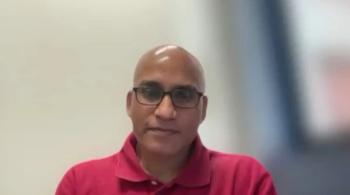
Symposiums and regional meetings may expand knowledge of how to adopt novel CAR T-cell therapies and bispecific antibodies, said Suman Kambhampati, MD.
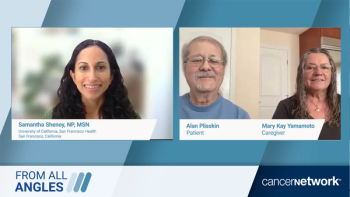
Panelists discuss how health care providers and patients should understand that talquetamab's unique adverse effects are temporary and resolve over time, even while continuing treatment, emphasizing the drug's excellent efficacy and the importance of removing stigma around its manageable toxicity profile.

Panelists discuss how effective caregivers should join support groups, maintain detailed records of symptoms and medications, attend all appointments, stay informed about myeloma research, and serve as active advocates who can communicate with health care teams when patients cannot.

Panelists discuss how patients beginning talquetamab treatment should maintain a positive attitude, prepare thoroughly with educational materials, and understand that although initial adverse effects can be challenging, they are temporary and manageable with proper preparation and support.

Panelists discuss how patients can maintain their nutrition during talquetamab treatment by focusing on texture and food presentation when taste is impaired, using high-calorie options, and remembering that taste changes and dry mouth are temporary adverse effects that improve over time.

Panelists discuss how specific talquetamab-related adverse effects such as skin peeling, nail changes, and rashes can be effectively managed through targeted interventions, including topical treatments, protective measures, and preventive strategies tailored to the drug's unique toxicity profile.

Panelists discuss how health care providers can develop comprehensive management protocols for talquetamab-related toxicities by consulting with specialists, gathering patient feedback, and creating detailed handouts that empower patients to proactively manage adverse effects before they begin treatment.
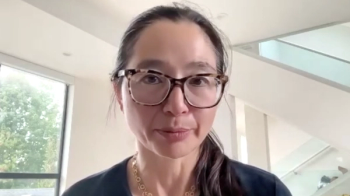
Brachytherapy plaque with vitrectomy and silicone oil was most often given to patients with uveal melanoma tumors sized 2 mm or larger.

Physical therapists may play a key role in patient care before, during, and after treatment for cancer, according to Alison Ankiewicz, DPT, PT.
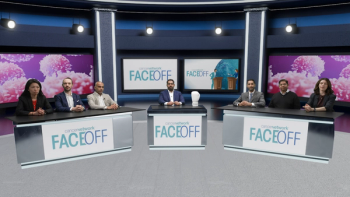
Experts discuss the treatment dilemma for a 72-year-old man with high-risk, metastatic EGFR-mutant lung cancer, weighing the benefits of aggressive combination therapy against monotherapy while emphasizing patient preferences, comorbidities, and quality-of-life considerations in individualized care.

Experts discuss a complex case of a middle-aged woman with high-risk EGFR-mutant lung cancer and brain metastases, highlighting the balance between aggressive combination therapies and patient-centered shared decision-making amid clinical, logistical, and psychosocial challenges.

Experts discuss the complexities and controversies in sequencing therapies beyond first-line treatment for EGFR-mutant lung cancer, balancing up-front regimen efficacy with preserving later treatment options while navigating evolving evidence, emerging therapies, and real-world challenges such as access and individualized patient care.
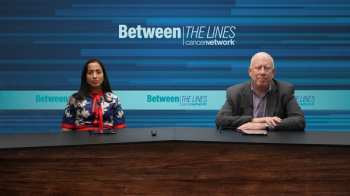
Panelists discuss how the field is shifting from reactive to proactive management of dermatologic adverse events, with future developments potentially including new topical treatments and integrated dermatology support within oncology practices.
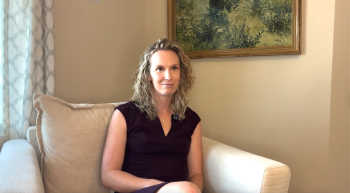
Kelly Dyckman, MSW, LCSW, discusses the need for proactive, not reactive, communication about posttreatment challenges to better support cancer survivors.
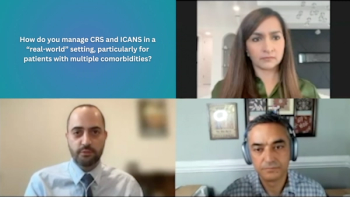
Prophylactic steroid or tocilizumab use may help in preventing CRS in patients undergoing treatment with bispecific antibodies for multiple myeloma.

Recommending counseling sessions may help patients with cancer navigate sexual health and emotional issues during their cancer treatment.

Panelists discuss how comprehensive patient education materials and manufacturer resources help patients prepare for and manage talquetamab adverse effects, with prior experience from chimeric antigen receptor (CAR) T-cell therapy providing valuable context for understanding potential complications such as cytokine release syndrome (CRS).
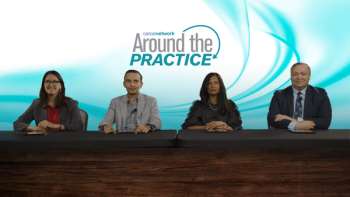
Panelists discuss how real-world data consistently show bispecific efficacy matching clinical trial results despite treating higher-risk patients, and how prophylactic interventions have reduced cytokine release syndrome severity.

Panelists discuss how CAR T-cell therapy should generally precede bispecifics when possible due to T-cell exhaustion concerns, though they agree there are virtually no absolute contraindications to bispecific therapy.

Tara A. McCannel, MD, PhD, discusses how brachytherapy plaque with vitrectomy and silicone oil led to a 100% survival rate in patients with uveal melanoma.

Panelists discuss how health care providers must actively educate local oncologists, emergency departments, and community centers about bispecific antibody management as these therapies move from inpatient to outpatient settings, ensuring proper recognition and treatment of adverse effects such as cytokine release syndrome (CRS).

Kelly Dyckman, MSW, LCSW, discusses how her role integrates with multidisciplinary oncology teams to support patients' emotional and relational well-being.
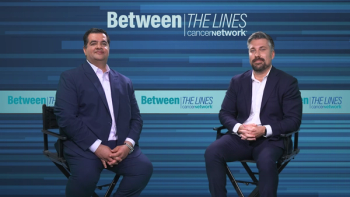
Experts discuss how the SEQUOIA trial reinforces Bruton tyrosine kinase (BTK) inhibitor monotherapy as an effective frontline treatment for patients with chronic lymphocytic leukemia (CLL) with deletion 17p, showing progression-free survival (PFS) rates comparable to those without high-risk mutations, and highlighting that second-generation BTK inhibitors can overcome historically poor prognoses without added benefit from anti-CD20 antibodies.

Patients with uveal melanoma who have tumors larger than 2 mm are candidates for brachytherapy plaque with vitrectomy and silicone oil.
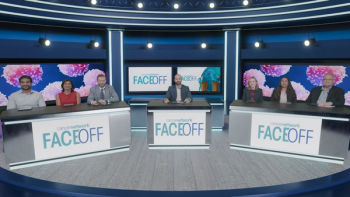
Panelists discuss how to choose between first-line (1L) luspatercept vs erythropoiesis-stimulating agent (ESA) therapy for SF3B1-negative patients with lower-risk MDS (LR-MDS) with erythropoietin (EPO) levels under 200 mU/mL. Team Whataburger argues that luspatercept’s superior response rates (60% vs 40%) and survival benefits make it the clear frontline choice, while Team In-and-Out counters that ESA remains viable for minimally transfusion-dependent patients due to cost considerations and potential for sequential therapy approaches.

Panelists discuss how the IMerge trial data demonstrate imetelstat’s efficacy in SF3B1-negative patients with lower-risk MDS who failed ESA therapy, achieving substantial hemoglobin improvements (averaging 4-5 g/dL in responders) with meaningful transfusion independence rates. They debate the clinical significance of modest patient-reported quality-of-life improvements and question whether historical hemoglobin ceiling limits should be reconsidered given robust treatment responses.
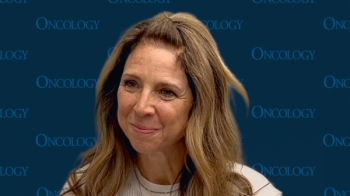
Tara M. Graff, DO, MS, stated that combination therapy approaches may be the optimal route forward for advancing MZL care.
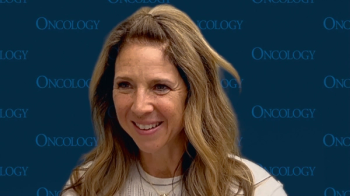
“…if [there’s] a younger patient with MZL, I’m willing to risk a little extra toxicity to give them a longer-term remission,” said Tara M. Graff, DO, MS.